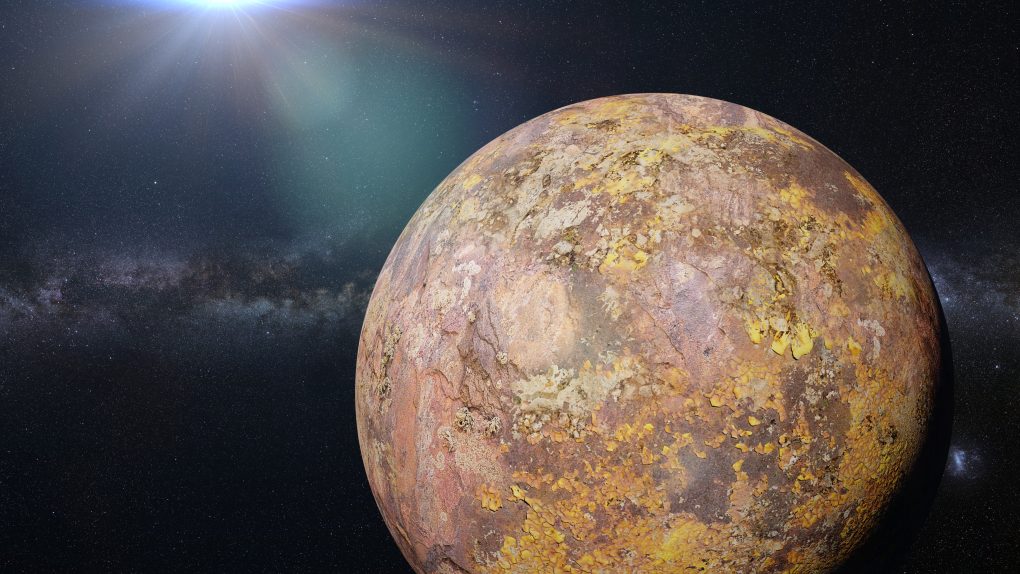Astronomers continue to find super-Earths throughout the universe. A group working on NASA’s Transiting Exoplanet Survey Satellite recently discovered a few exciting planets orbiting within the star’s habitable zone. And now they say many of these habitable planets may be more friendly to life than Earth is.
One of the planets discovered is around 30 percent larger than Earth and orbits its star within three days, according to reports from The Conversation. The second planet that they discovered is around 70 percent larger than Earth and they believe that it may be home to a deep ocean. If these beliefs are true, then the two habitable planets could be more habitable than Earth.
Read more: Astronomers spotted a bubble of gas zipping around our Galaxy’s black hole
The basis of this belief is what astronomers call a star’s habitable zone. The habitable zone is basically a small space around the star where liquid water can exist. And, since all life on Earth relies on water, habitable planets are closer to the center of their star’s habitable zone.

But the existence of water isn’t the only important bit. Scientists also look at how habitable planets are by their surface temperatures. An average of 77 degrees Celsius allows life on the seafloor to thrive. So, super-Earths can and do offer more super habitable environments than Earth does. And scientists say there could be tens of billions of super-Earths like this in the Milky way alone.
So, finding these two habitable planets like this outside the Milky Way is exciting and could mean a lot of things for astronomers moving forward. For starters, if we turn our searches for these planets inward to the Milky Way, we may discover super-Earths that are more friendly to life than Earth is. That, of course, doesn’t mean that we will be migrating planets anytime soon.
But it does open a lot of room for things in the future – especially with NASA and other space agencies planning manned missions to Mars and other planets in our solar system.
More coverage: Futurist predicts what the world will look like in 2112.








